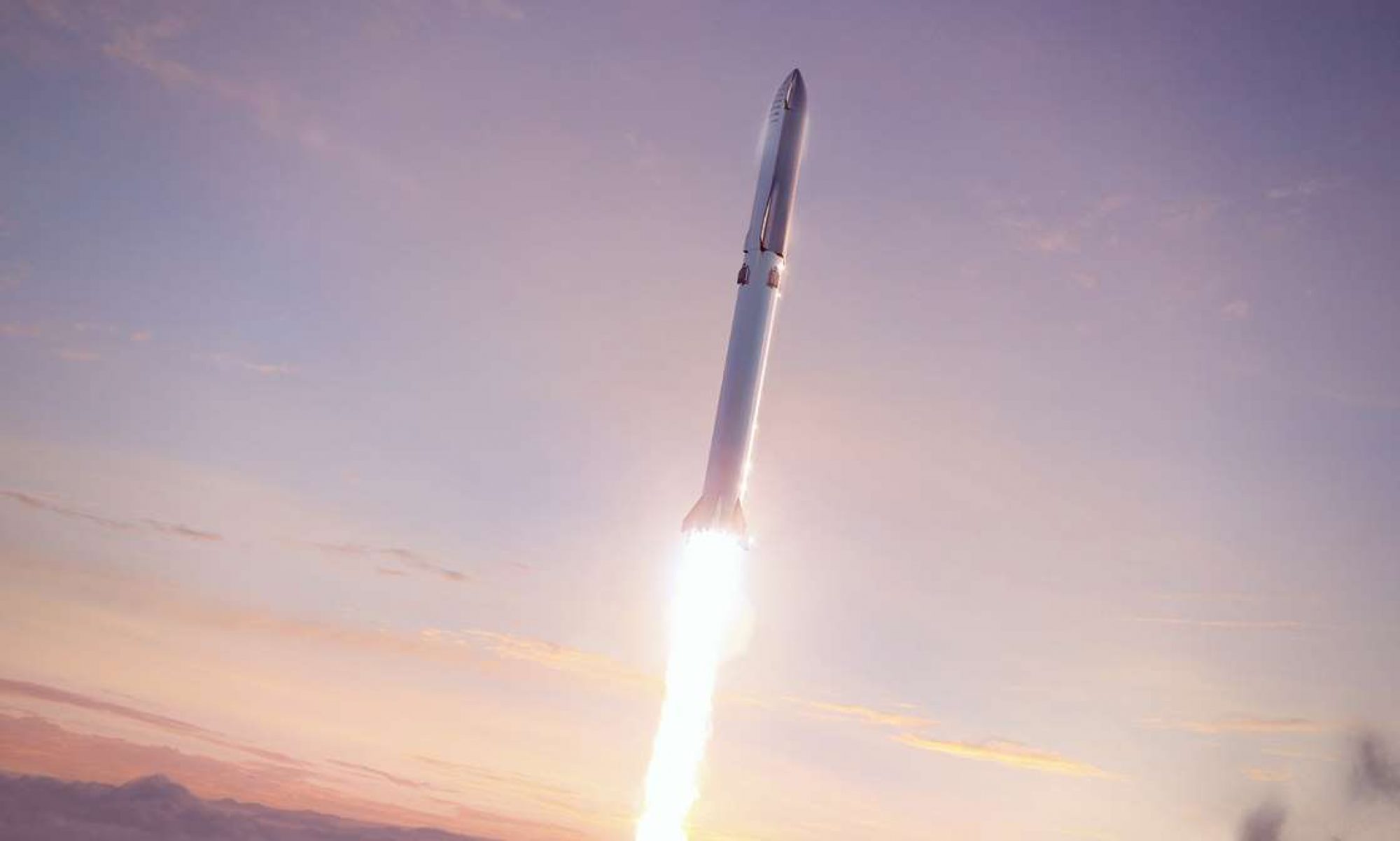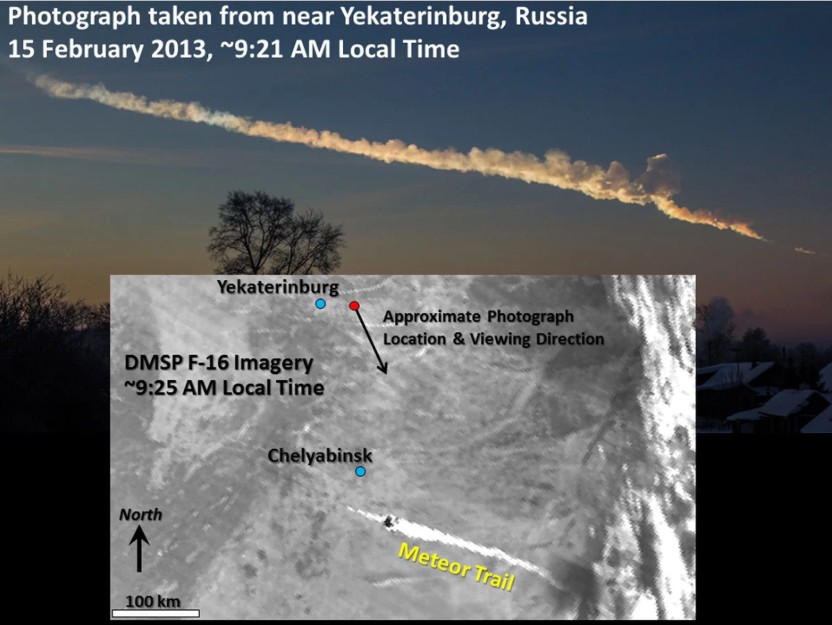An exploding meteor may have wiped out ancient Dead Sea communities
For the last 13 years a team of archaeologists, motivated by their interest in the Bible’s historical veracity, have been studying the entombed towns near the Dead Sea. They were active communities for several thousand years before their occupation ended, simultaneously about 3,700 years ago. News.Com has reported, less soberly, that Bible’s Sodom and Gomorrah destroyed by an exploding asteroid, says archaeologists
The problem with any archaeological claim is theoretical presuppositions that the investigators come to the data with. We see what we’re expecting or we ignore what we don’t want to see. In psychological terms: Humans are prone to Confirmation Bias (seeing what we’re expecting), but we can also fall into the trap of Cognitive Dissonance (not seeing what’s there) in the face of evidence *against* our preconceptions. My point is that skeptics can be too skeptical and believers too willing to believe. Science, one hopes, is a method to avoid both extremes. The team excavating this site are inspired by the biblical text, so one could argue a lack of objectivity. Alternatively, the Bible can be treated as *potentially* historically verifiable. Proper scientific method means we look at the evidence, test our initial theories, and revise accordingly. I think that’s actually happening in this case.
So what is being claimed? A Tunguska class meteoritic air-burst flattened a once thriving community about 3,700 years bp, in the area commonly associated with the biblical tale of Abraham’s nephew Lot and his misadventures in the “Cities of the Plain”, Sodom & Gomorrah. Infamously the men of the city Lot was living in tried to gang rape two of God’s messengers who were seeing if the Cities were as bad as their reputation claimed.
If we ignore the theologising, what really is reported in the Bible is the sudden destruction of a territory via ‘fire from the sky’. Specifically Genesis Chapter 19:
24 Then the Lord rained down burning sulfur on Sodom and Gomorrah—from the Lord out of the heavens. 25 Thus he overthrew those cities and the entire plain, destroying all those living in the cities—and also the vegetation in the land.
27 Early the next morning Abraham got up and returned to the place where he had stood before the Lord. 28 He looked down toward Sodom and Gomorrah, toward all the land of the plain, and he saw dense smoke rising from the land, like smoke from a furnace.
“Smoke from a furnace” does make me wonder what the original mental picture should be. A vertical column of dense smoke? Or the trail of the meteor that exploded? I’m thinking like this:
The interesting connection to my prior discussion of Biblical chronology is the timing of Abraham based on the 1250 BC date for the Exodus from Egypt. From the entry of Abraham into Canaan & Egypt there’s 430 years to the Exodus, dating that event to 1680 BC, when Abraham was 75 years old. Abraham was reputedly a chieftain of considerable strength and before the sudden destruction of the Cities of the Plain, he’d organised a war against them. A few years later when he was 99 he received the promise from God of an heir. Then the Fire from the Sky struck, after Abraham bargained with God over saving Sodom and Gomorrah if just 10 righteous people could be found in its walls. Only one could be found and God’s messengers escorted him out of the Cities before its destruction.
Thus the Biblical date is 1656 BC, so the time-frame is close to the radiocarbon dating, which has inherent uncertainties and error bars of typically ~50-100 years in that era. The standard Fundamentalist Biblical Chronology would tack about 430 years onto that, thus my interest in the new dating.
What of the theologising? It’s possible that the story of Abraham was added to the original tale of destruction of Sodom & Gomorrah and the whole miraculous angle is artistic license by the author of “Genesis” – probably the ‘J’ author from the c.10th-9th Century BC. The ‘J’ work itself was singular story entitled “In the Day” which spanned from Creation to the days of King David (1023-983 BC), thus composed several hundred years after the event. Alternatively Abraham himself (or one of his many servants) composed the underlying source document that “In the Day” draws on so imaginatively. Archaeology can’t decide that question.

